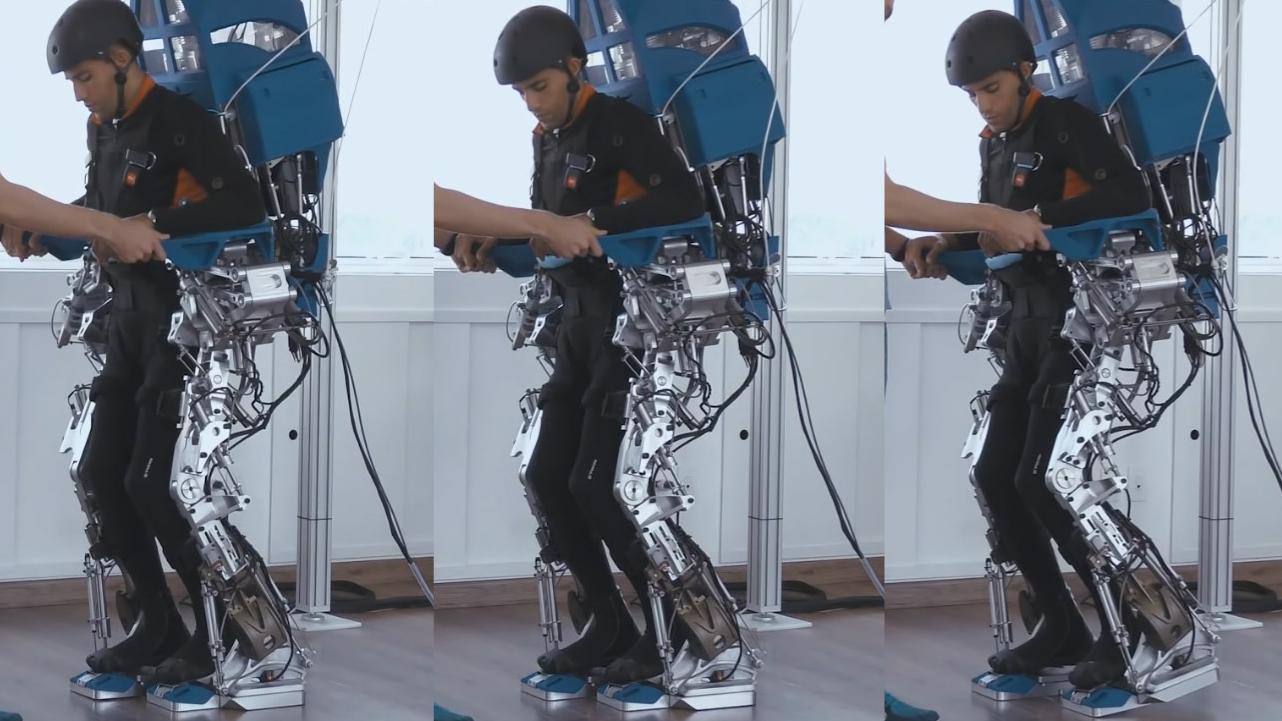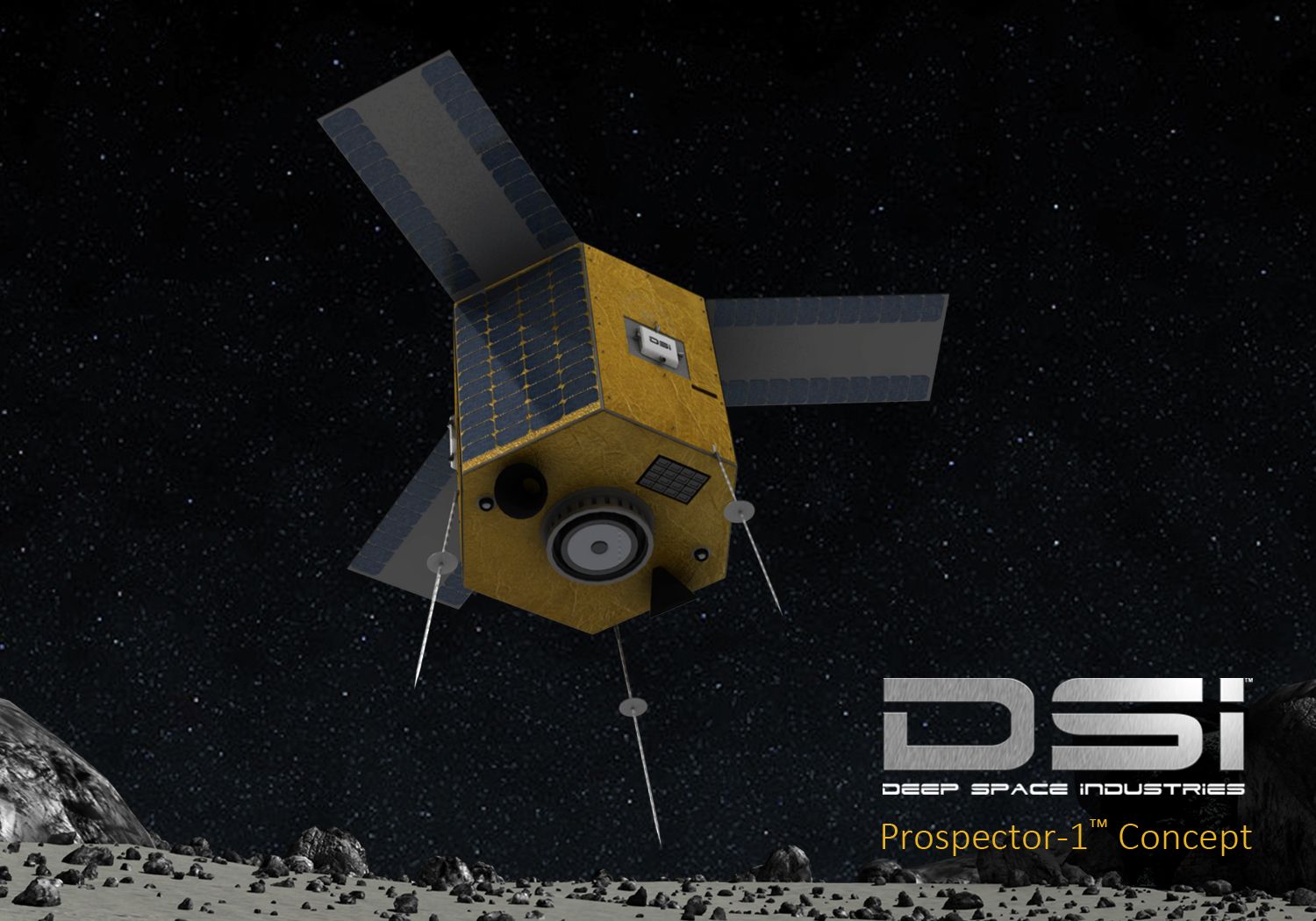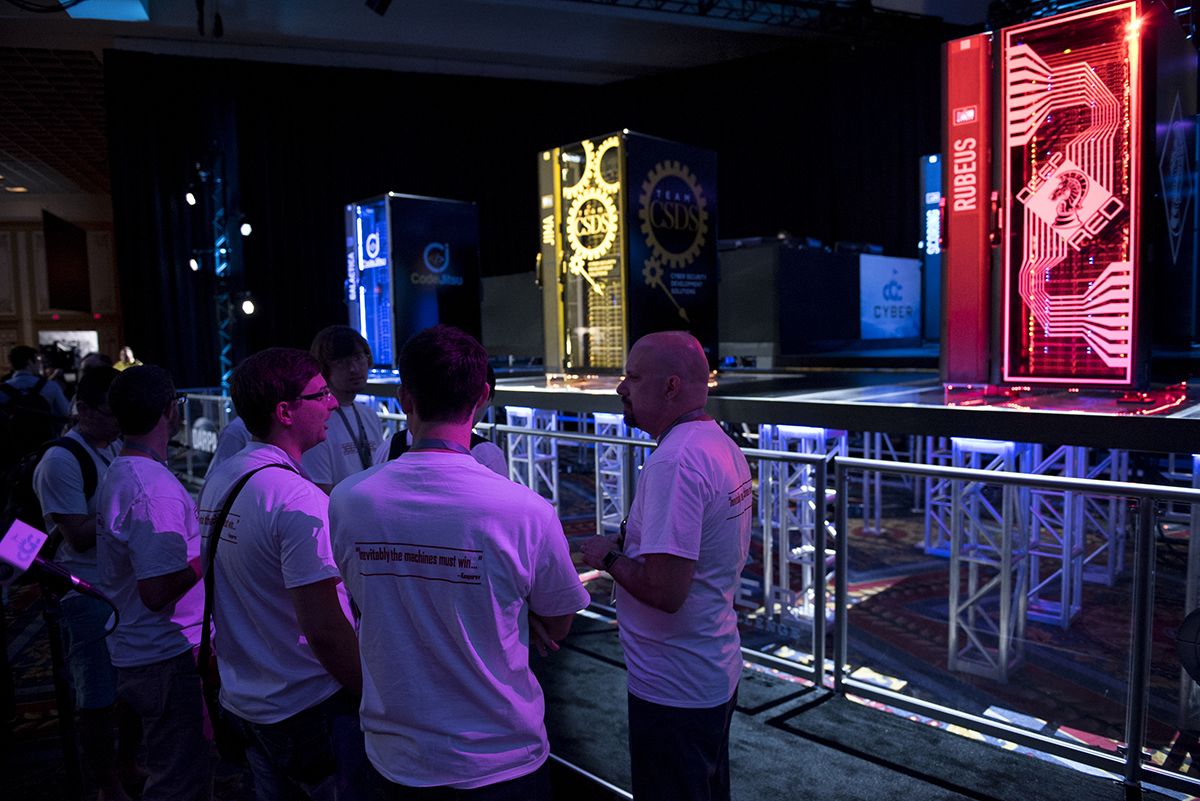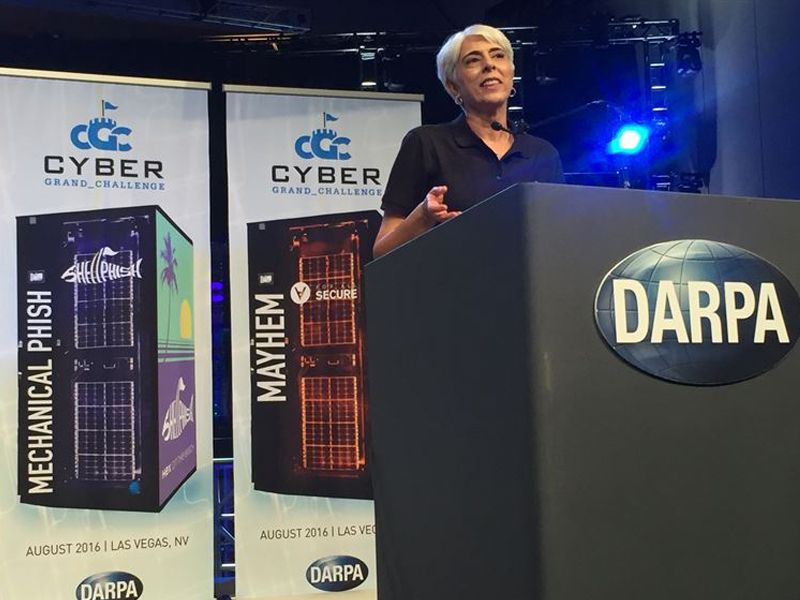Aug 11, 2016
Paralysed patients move limbs after virtual reality training
Posted by Carse Peel in categories: biotech/medical, cyborgs, neuroscience, robotics/AI, virtual reality
Eight completely paralysed people have regained function in their limbs following virtual reality training, in an accidental result that has astonished even the scientists involved.
Using a brain-machine interface, scientists showed that people with long-term severe paralysis could retrain the few remaining connections in their damaged spines, letting their brains talk to their extremities once more. This enabled them to feel sensation, move their limbs and improved their bladder and bowel control.
The results came about as a wholly unexpected side effect of training to help people use robotic exoskeletons, which let them walk upright.
Continue reading “Paralysed patients move limbs after virtual reality training” »

















